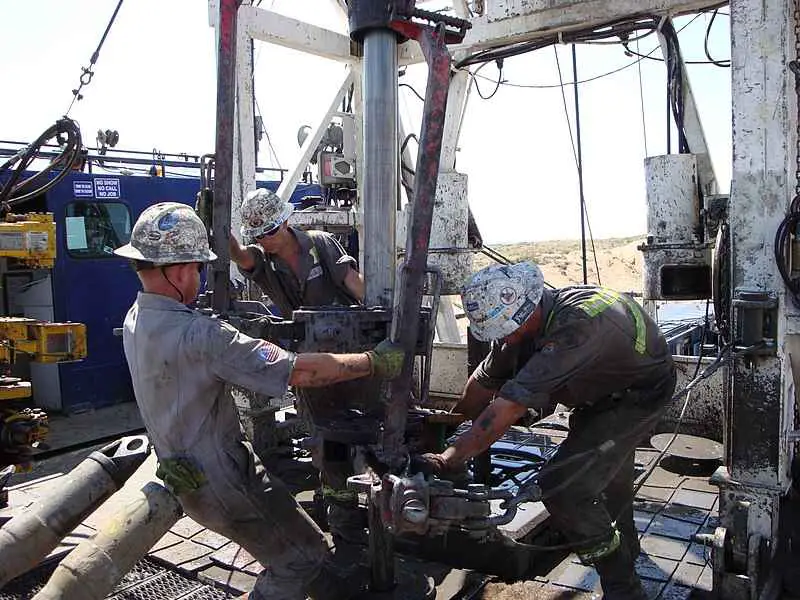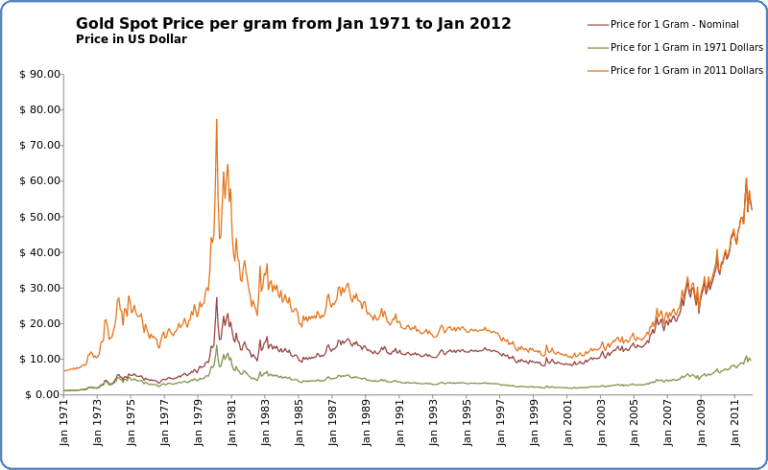5 Examples of Linear Economy Implementation Explained
Examples of linear economy implementation are; fossil fuel-driven energy development, paper production without reforestation/afforestation, synthetic plastic production, chemical-based crop production, and disposable inorganic packaging.
This article discusses the examples of linear economy implementation, as follows;
1). Fossil Fuel-Driven Energy Development (as one of the Examples of Linear Economy Implementation)
Fossil fuel-driven energy development is a classic example of linear economy implementation, especially where fossil fuels are relied upon as the sole energy resource for economic development.
The main reason for this is the fact that fossil fuels are non-renewable, and must be continuously extracted in order to be used to provide energy for electricity generation and other purposes. This implies that fossil fuels do not fit the concept of conservative production and consumption, which is typical of a circular economy.
Fossil fuel dependence also facilitates the negative effect which a linear economy tends to have on the environment. When used, most fossil fuels produce significant amounts of greenhouse gases like carbon dioxide (CO2), as well as toxins that contribute to air pollution [6]. Coal, natural gas and petroleum all fit the take-make-waste linear economic model, because they occur in finite quantity and are bound to become exhausted and scarce [9].
On the other hand, a circular economy tends toward energy transition from fossil fuels to renewable alternatives like wind and solar. This can be attributed to the fact that such renewable energy resources are replenished naturally, so that they are generally inexhaustible. The environmental footprint of these alternatives is also small compared to fossil fuels, making them ideal for long-term sustainability.
Fossil fuels can still be used as a prominent source of energy in circular economies, provided adequate measures are taken to minimize their effect on the ecosystem [3], while renewable energy is being developed and used as a complementary option.

2). Paper Production without Reforestation/Afforestation
Although paper production depends on renewable biomass from trees, it can fall into the modem of take-make-waste, provided adequate measures to regenerate raw materials and recycle used paper products, are not taken.
The main disadvantage of making paper from trees is the risk of deforestation that accompanies such economic practice. Because linear economies focus on maximizing instantaneous production and profit, it is not uncommon for large-scale production of paper to result in eventual loss of forests.
A more sustainable, green and circular approach to paper production from trees will involve intensive reforestation and afforestation, which are necessary to restore natural resources that have been used as raw materials.
Also, a circular economic perspective will explore other ways to produce paper without the use of trees.
Alternative raw materials for paper production are agricultural crop residues such as; hemp, kenaf, husks, sugarcane bagasse, jute, wheat straw, flax, as well as plants like bamboo [10]. These materials can be regenerated at a more rapid pace than trees, and can reduce the ecological strain of the paper industry.
3). Synthetic Plastic Production (as one of the Examples of Linear Economy Implementation)
A linear economic model of plastic industry is one in which synthetic materials are used to manufacture plastics that are used by consumers and subsequently discarded as waste in landfills, incinerators, and other waste management media [8].
Examples of materials used in the manufacture of synthetic plastics are; bio-polypropylene (bio-PP), bio-polyethylene (bio-PE), bio-polyamide (bio-PA), bio-polyethylene-terephthalate (bio-PET), bio-polytrimethylene terephthalate (Bio-PTT) [7].
Often, linear plastic production goes along with fossil fuel-dependency challenges, because raw materials used in the manufacture of synthetic plastics can be derived from fossil fuels.
The most prominent environmental consequence of synthetic plastic production in a linear economy is plastic pollution.
Marine pollution by discarded plastics alone is accountable for trillions of US dollars in economic losses per year, on a global scale [2].
The production and degradation of synthetic plastics causes environmental degradation by the release of toxins, gaseous byproducts and microplastics into the environment.
Circular economic model encourages the use of sustainable, organic raw materials to manufacture biodegradable plastics, that can be used with minimal risk of environmental degradation or economic loss. It also lays emphasis on recycling for synthetic plastics, to reduce the demand for new raw materials and the rate of plastic waste generation.
4). Chemical-based Crop Production
It is fairly common in a linear economy, for agriculture to be practiced in a subsistent, intensive form which is characterized by the use of chemicals to enhance instantaneous yield while resources are poorly managed in the long-term [1].
Chemical fertilizers, herbicides and pesticides have the obvious benefit of rapid effectiveness, and fit the objective of mass production and maximum profit, in a linear economic scenario.
Linear economic production in agriculture also encourages intensive use of machinery, and excessive consumption of water resources [5]. These applications mount pressure on natural resources, and are unsustainable in the long run.
A circular economic approach reduces resource consumption rate through sustainable agricultural practices like crop rotation, conservation tillage and sustainable irrigation. It also replaces the use of chemicals with compost, and biodynamic farming for pest and weed control.

5). Disposable Inorganic Packaging (as one of the Examples of Linear Economy Implementation)
As earlier stated, the linear model of plastics involves a unidirectional pathway of production, usage and disposal.
One of the evidences of this is the popularity of disposable inorganic packaging.
Disposable inorganic packaging refers to packaging with materials that are not biodegradable, and are designed for one-time usage. These materials constitute a large portion of inorganic waste, which is a major cause of aesthetic pollution by littering, in urban areas.
In addition to littering, the fact that these packaging materials are disposed of implies that their popularity in the market comes with a high risk of resource depletion, at least with respect to the raw materials used in their manufacture.
The sustainability of any industry or business depends on the ability to conserve resources by recycling and reuse. This implies that it is recommendable to replace the disposable, take-make-waste model with a more circular one [4].
Conclusion
Examples of linear economy implementation are;
1. Fossil Fuel-Driven Energy Development
2. Paper Production without Reforestation/Afforestation
3. Synthetic Plastic Production
4. Chemical-based Crop Production
5. Disposable Inorganic Packaging
References
1). Florin-Constantin, M.; Minea, I. (2021). "Sustainable Alternative Routes versus Linear Economy and Resources Degradation in Eastern Romania." Sustainability, MDPI, vol. 13(19), pages 1-23. Available at: https://agris.fao.org/agris-search/search.do?recordID=CH2022140865. (Accessed 7 April 2023).
2). Forrest, A.; Giacovazzi, L.; Dunlop, S.; Reisser, J.; Tickler, D.; Jamieson, A.; Meeuwig, J. J. (2019). "Eliminating Plastic Pollution: How a Voluntary Contribution From Industry Will Drive the Circular Plastics Economy." Frontiers in Marine Science 6:627. Available at: https://doi.org/10.3389/fmars.2019.00627. (Accessed 7 April 2023).
3). Hasheminasab, H.; Zolfani, S. H.; Zavadskas, E. K.; Skare, M. (2021). "A circular economy model for fossil fuel sustainable decisions based on MADM techniques." Economic Research-Ekonomska Istraživanja 35(4):1-19. Available at: https://doi.org/10.1080/1331677X.2021.1926305. (Accessed 6 April 2023).
4). Jørgensen, S.; Pedersen, L. J. T. (2018). "The Circular Rather than the Linear Economy. In: RESTART Sustainable Business Model Innovation." Palgrave Studies in Sustainable Business In Association with Future Earth. Palgrave Macmillan, Cham. Available at: https://doi.org/10.1007/978-3-319-91971-3_8. (Accessed 6 April 2023).
5). Mikula, K.; Gersz, A.; Witek-Krowiak, A.; Skrzypczak, D.; Izydorczyk, G.; Chojnacka, K. W. (2022). "Agrochemicals in view of circular economy." Smart Agrochemicals for Sustainable Agriculture (pp.57-80). Available at: https://doi.org/10.1016/B978-0-12-817036-6.00004-2. (Accessed 6 April 2023).
6). Nikolay, I.; Yuri, D.; Klochkov, S.; Skripnuk, D. F. (2018). "Ecological Criteria for Comparing Linear and Circular Economies." Resources, MDPI, vol. 7(3), pages 1-17, August. Available at: https://ideas.repec.org/a/gam/jresou/v7y2018i3p48-d162536.html. (Accessed 6 April 2023).
7). Rahman, H.; Bhoi, P. (2021). "An Overview of Non-biodegradable Bioplastics." Journal of Cleaner Production 294(6):126218. Available at: https://doi.org/10.1016/j.jclepro.2021.126218. (Accessed 7 April 2023).
8). Rosenboom, J. G.; Langer, R.; Traverso, G. (2022). "Bioplastics for a circular economy." Nat Rev Mater. 2022;7(2):117-137. Available at: https://doi.org/10.1038/s41578-021-00407-8. (Accessed 7 April 2023).
9). Wautelet, T. (2018). "Exploring the role of independent retailers in the circular economy: a case study approach." Thesis for Master of Business Administration. Available at: https://doi.org/10.13140/RG.2.2.17085.15847. (Accessed 6 April 2023).
10). Worku, L. A.; Bachheti, A.; Bachheti, R. K.; Rodrigues Reis, C. E.; Chandel, A. K. (2023). "Agricultural Residues as Raw Materials for Pulp and Paper Production: Overview and Applications on Membrane Fabrication." Membranes (Basel). 2023 Feb 14;13(2):228. Available at: https://doi.org/10.3390/membranes13020228. (Accessed 7 April 2023).


